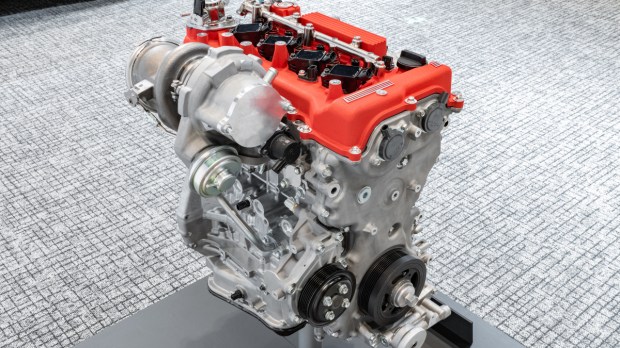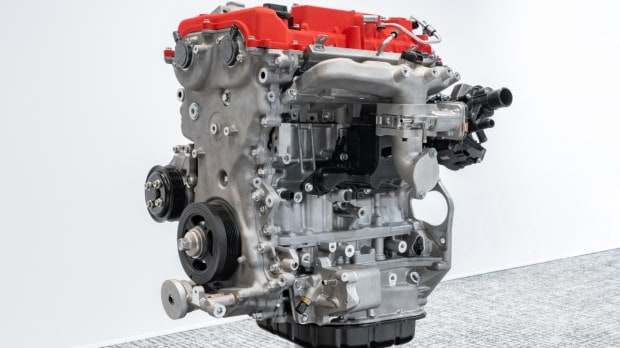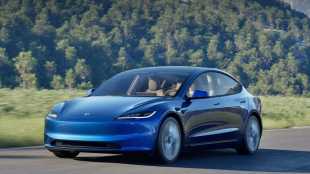It is safe to say that the Toyota Fortuner is the undisputed king of the Indian roads. The SUV is said to have one of the best road presence in the Indian car market, an attribute which politicians across the country have fully exploited. As a result, it has created a badass image of the Fortuner which many people want to associate with.
Therefore, despite its exorbitant price tag, the Fortuner is miles ahead of its segment rivals in terms of sales. Reliability of the Toyota brand also boosts its image. The current second-gen Fortuner made its India debut way back in 2016 which was followed by a mid-cycle facelift in 2021.
New-gen Toyota Fortuner: New source of power
For the longest time there have been rumours of Toyota a third generation model of the Fortuner. However, there have been no official breakthroughs in this regard in the public domains. More than a year ago, reports emerged that Toyota will use a 2.8-litre diesel engine paired with a 48V mild-hybrid which will help reduce emissions and improve fuel efficiency.

Now, there are reports of Toyota introducing a new turbocharged petrol motor with a hybrid setup. This 2.0-litre four-cylinder unit was displayed by Toyota earlier in May this year along with two other new generation petrol powertrains. According to international media reports, the new-gen motors are compatible to run on both fossil fuels (petrol and diesel) and carbon-neutral fuels, including liquid hydrogen, synthetic fuels and biofuels (ethanol).
The 2.0-litre petrol unit will be available in three states of tune– the lowest for regular road-going cars, the mid-level for performance cars, and the highest reserved for Toyota’s GR Sport range for motorsports. In the lowest state itself, this 2.0-litre turbo petrol motor kicks out 300 horses and 400 Nm of peak torque. This is a massive bump over the 164 bhp and 245 Nm produced by the current 2.7-litre naturally aspirated petrol unit.

While it’s unlikely that Toyota will get rid of the 2.8-litre diesel unit so easily, with the new-gen motors compatible with a wide range of fuels would help Toyota phase out oil burners gradually in the future in select markets. Globally, this motor will replace Toyota’s 2.4-litre turbo petrol unit. In comparison, the new 2.0-litre petrol unit is not only 10% smaller than the outgoing model but also up to 30% more energy efficient.
Further, downsizing will help Toyota bring down the weight of the engine and the car eventually. Besides Fortuner, this new motor is also expected to power its platform sibling— Hilux. A global debut of the new-gen Fortuner is expected on late 2025 while an India launch is possible in 2026.




















